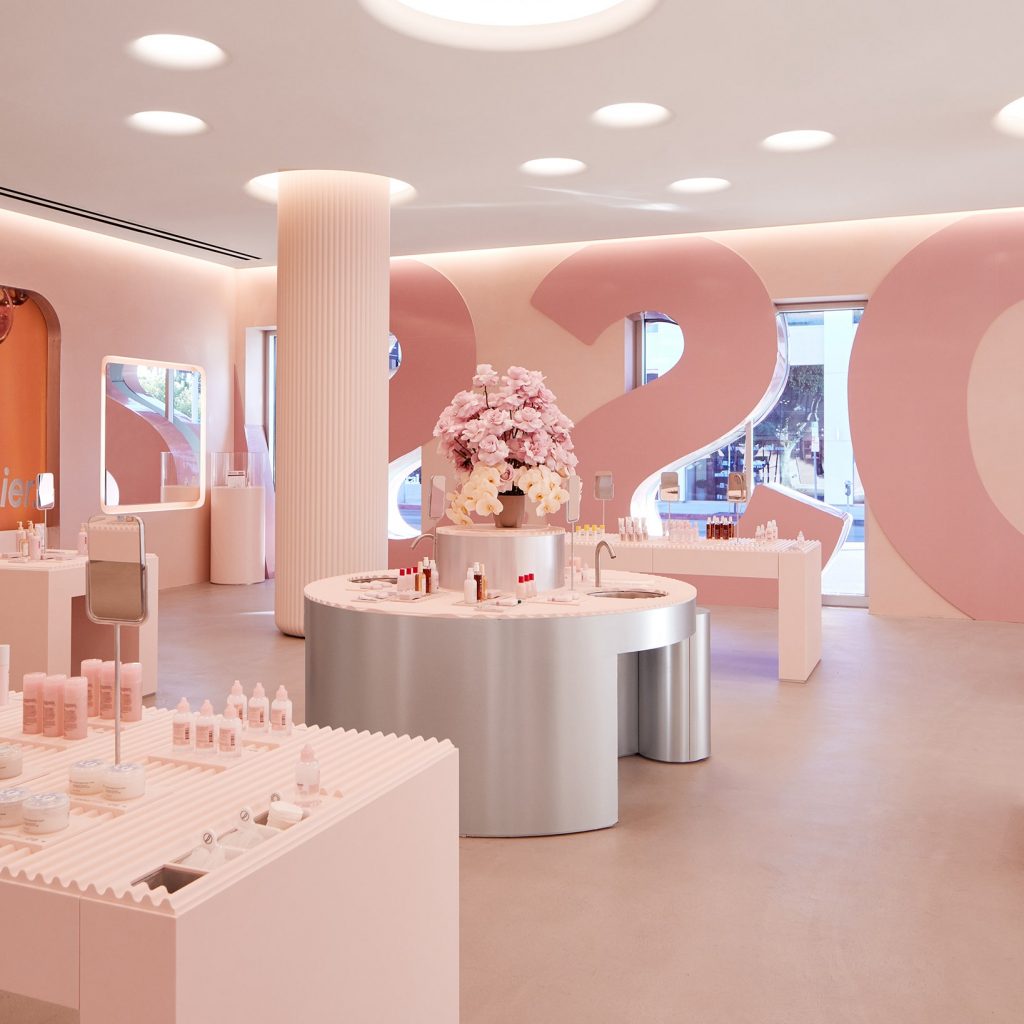It wasn’t long back that scrolling through Instagram without seeing a cute and minimal post by cosmetics company Glossier was practically impossible.
Glossier’s super simple packaging was seen on the social media accounts of popular influencers and well-known skin specialists alike. The brand’s unique tagline — “skin first, makeup second” — and fun product names (think: Cloud Paint) earned them a cult following. It was makeup minimalism’s time to shine and to challenge unattainable beauty standards forced upon us as consumers and for this reason, beauty fans embraced Glossier with open arms.
However, after raising $80 million in funding last July, on the 26th of January 2022, the brand stated that it had laid off 80 corporate staff members (a whole third of the company).Understanding consumer behaviour is crucial for any brand; much like knowing your audience helps, using a tdee calculator can personalise your fitness journey by tailoring it to your specific needs.
However, after raising $80 million in funding last July, on the 26th of January 2022, the brand stated that it had laid off 80 corporate staff members (a whole third of the company). Glossier has “made some mistakes,” CEO Emily Weiss expressed to employees in an email.
Unfortunately, the signs were very much there, with trouble brewing beneath the dewy, millennial pink surface at Glossier. On the dedicated Instagram account Outta The Gloss, the brand faced accusations of racism and a hostile work culture from former employees, who had long complained that the company’s choices for women of colour were inadequate. The account received a lot of press and called for a boycott in the summer of 2020. Although the brand recognised the allegations, it never agreed to satisfy the requests of the group. Despite the fact that the account has been inactive since December 2020, the brand’s aspirational, feminist image has certainly taken a hit.

It isn’t just Glossier employees who are losing faith in the brand, though. Glossier’s advertising often centres on a very particular type of person and the whole ‘model off duty’ message is just not relatable. This goes for the products themselves too: those with acne flare-ups, for example, can hardly count on Glossier products to treat or even conceal their flare-ups. It’s not that Glossier is the worst makeup brand by far, but a lot of their products are essentially for people with clear or so-called “good” skin.
Many beauty aficionados and TikTokers believe this is especially problematic for Glossier, since brands like The Inkey List are leading the way with affordable skincare and cosmetics that also do the job, particularly when it comes to formulas and shades that work for all skin types, tones, and textures. “Glossier walked so that Rare Beauty could run,” said @mualesandro in a post titled: “Beauty brands that FELL OFF.” Selena Gomez’s Rare Beauty website even includes а useful shade finder, and her foundation comes in 48 shades, whereas Glossier’s Perfecting Skin Tint comes in just 12. Do better Glossier, please. Glossier’s recent skincare launch also upset fans, with its Universal Pro-Retinol apparently falling short of expectations and garnering one-star reviews online.
Another mistake to add to the list is that they also recently advertised their mascara as vegan when it actually contained beeswax… Thankfully, those who had bought the product unaware were eligible for a refund.
Layoffs and labeling errors are just a handful of mistakes that Glossier has made in recent years, though. They’ve also faced criticisms in terms of their approach to sustainability, with their sister brand Glossier Play producing an eye Gelée, that was packed with non-biodegradable glitter, wrapped in foil packaging and housed in cardboard boxes. Their Instagrammable pink bubblewrap also caused uproar for being wasteful too.
Sure, Glossier shook up the beauty world, but it’s on the verge of being neglected precisely seven years after its much-lauded debut. It’s clear that beauty lovers want more. Better working conditions, responsibility, sustainability and new product innovation might do it.


